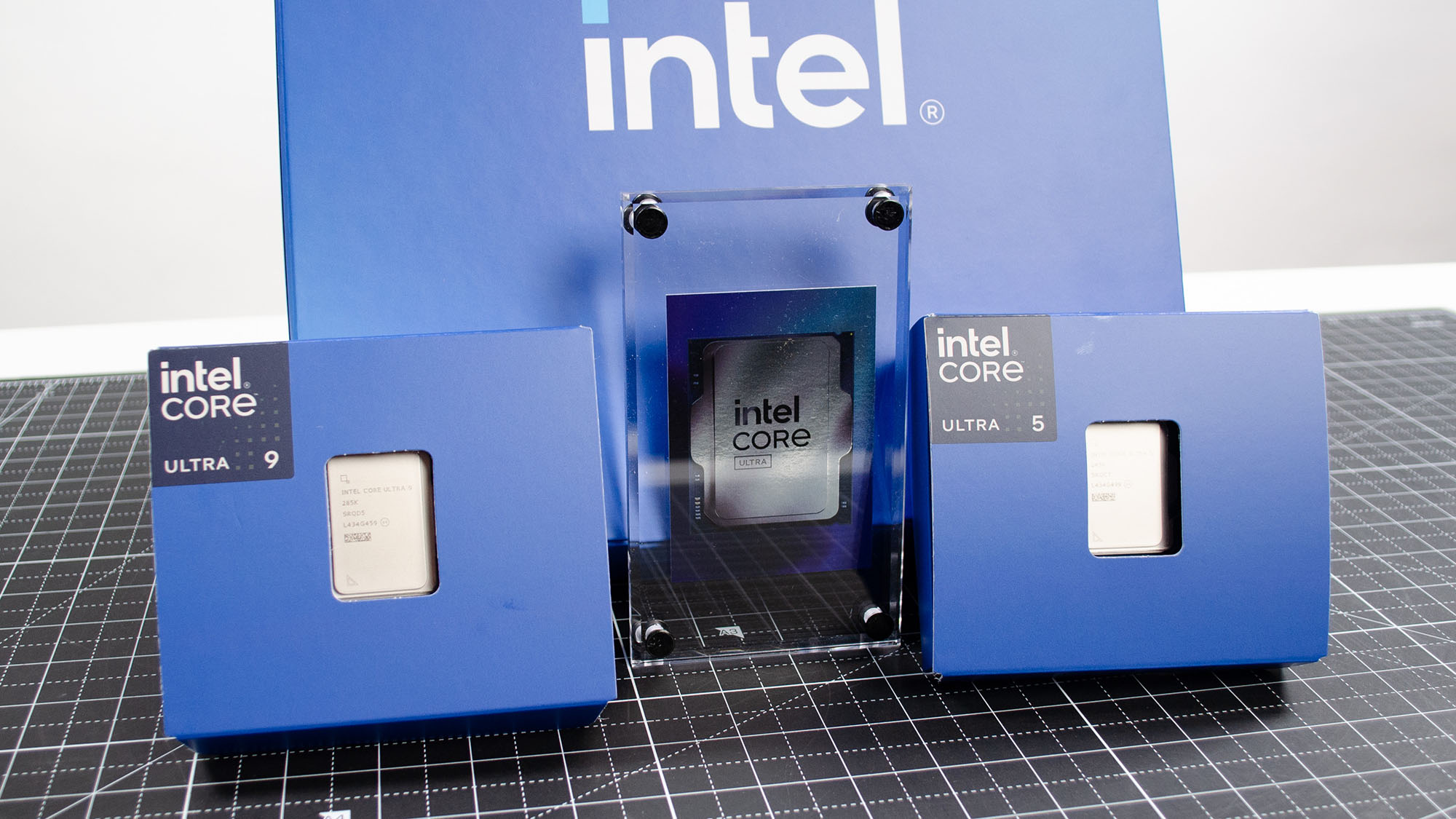
Anyone who follows the big tech companies will know that Intel has been in trouble throughout 2024. But exactly how bad has this year been? Well, in some respects, it’s been nothing short of dire – although there have been some triumphs for Team Blue. But overall, 2024 started in a rocky way, and ended in a rocky way, and there was quite a high degree of rockiness in-between.
Let’s dive in and break down exactly what went awry for Intel, as well as looking at those aforementioned victories on the battlefields of 2024, among the skirmishes where Team Blue was decidedly routed.
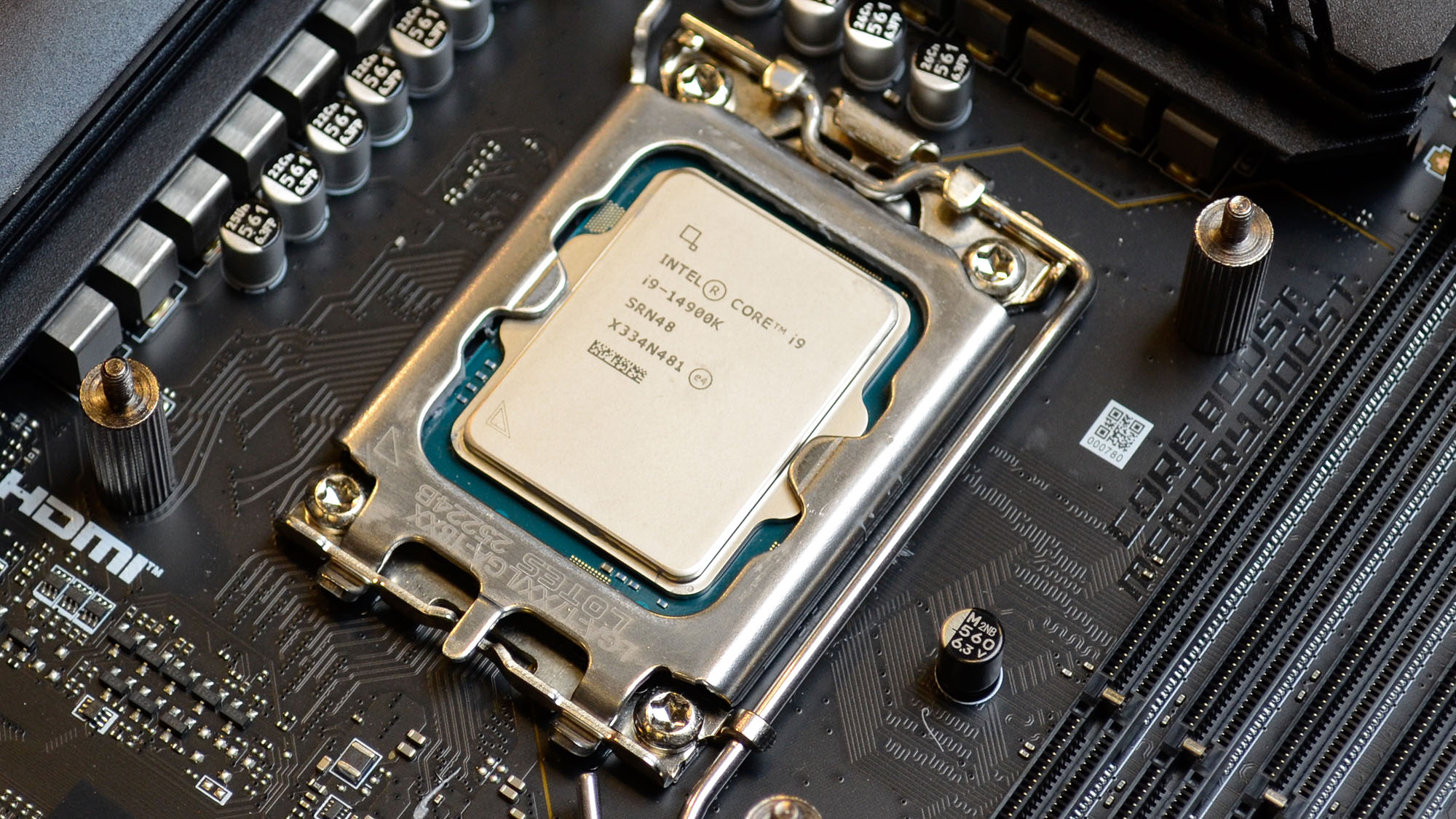
The woeful saga of the unstable Raptors
Every now and then, a really nasty problem strikes a product range, and Intel was hit by a real humdinger early in 2024 – namely instability issues that affected two of its recent desktop CPU line-ups.
In April, both 13th-gen (Raptor Lake) and 14th-gen (Raptor Lake Refresh) mid-to-high-end processors started witnessing a growing number of reports that they were crashing when playing PC games (and at other times when under more taxing workloads).
After some initial finger-pointing elsewhere (at motherboard makers), and a rather frustrating period of silence, Intel admitted in July that an issue with ‘elevated operating voltage’ with these Core i5 and upwards CPUs caused the instability problems.
A patch was promised for August, but it didn’t turn out to be as straightforward as a single fix, as there were a multitude of issues around these CPU crashing woes (though the elevated voltage was the key stumbling block). It took until October for Intel to finally put these gremlins to bed, after three microcode patches.
However, even then we aired concerns about what damage might have been done to the affected 13th-gen and 14th-gen chips. As Intel made clear, the mentioned patches were a mitigation to stop further damage to processors – not a cure for damage already caused. And okay, if you were actually experiencing crashes, you could return the CPU and get a new one from Intel – but what if some invisible under-the-hood damage was present that might mean your processor dies earlier in its life than the chip should?
True, Intel upped its warranty coverage to five years as part of the solution for these instability problems, but if your CPU dies just outside of that period, you’re still going to be left high and dry, wondering if the failure possibly had something to do with this debacle.
Worrying questions remain, including how on earth this happened across two full generations of desktop processors in the first place?
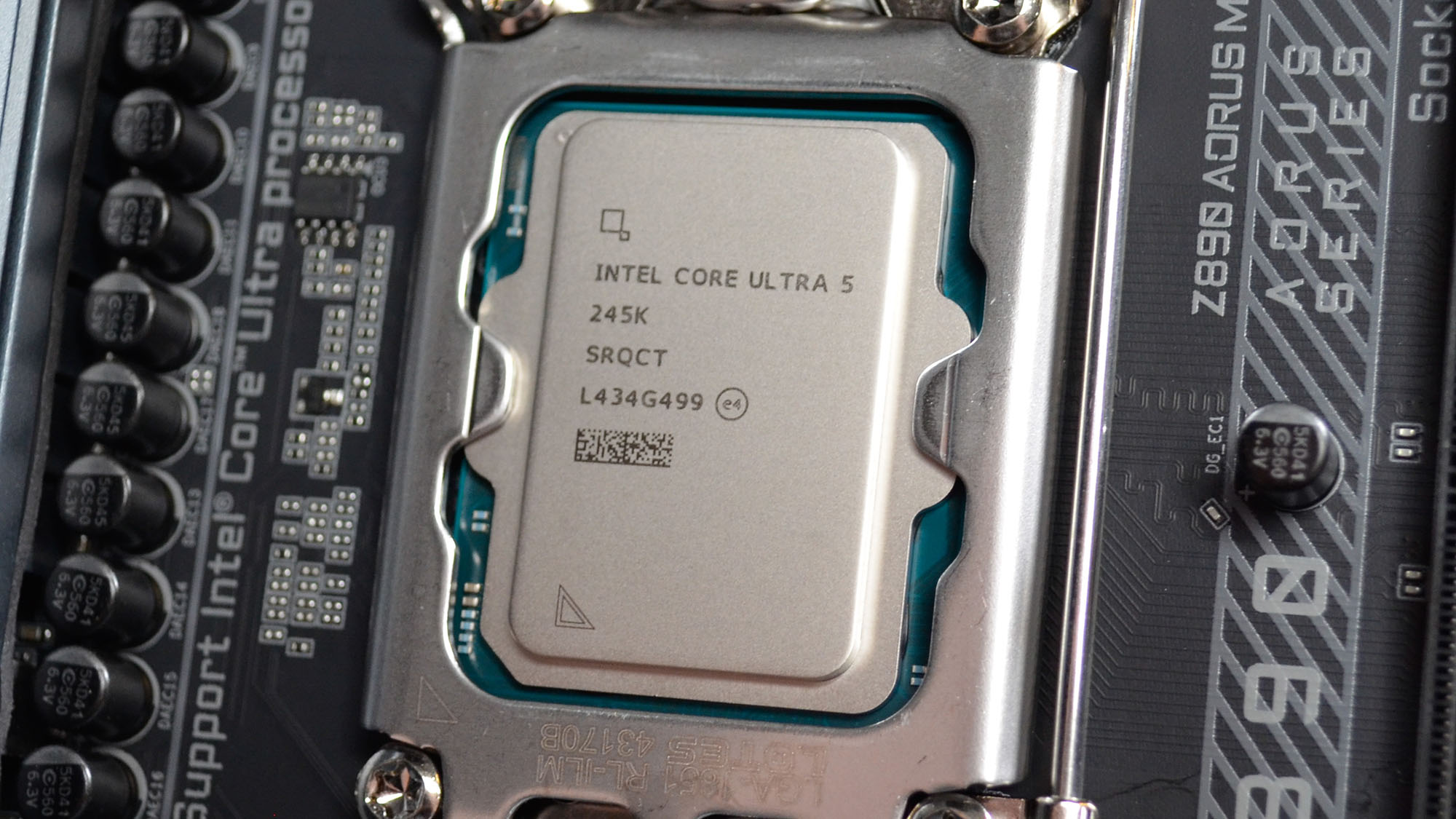
Core Ultra 200S desktop CPUs launch to a lukewarm reception
It was a big year for Intel in terms of desktop silicon. Firstly, early in 2024 we saw the launch of a new supercharged flagship for Raptor Lake Refresh. The Core i9-14900KS limited edition hit ridiculous clock speeds in excess of 9GHz with exotic overclocking, the fastest speed ever reached by a desktop CPU.
However, the real big guns were Arrow Lake processors, Intel’s new desktop CPU range. These Core Ultra 200S chips for desktop PCs were launched in October with some notable highlights.
They were the first desktop CPUs to run with an NPU (albeit a modest one, for accelerating local AI tasks) and were built on a whole new architecture (for both performance and efficiency cores) which was a total change in philosophy for Intel. Whereas before, Team Blue kept pushing with more power-guzzling chips to get faster performance, with Arrow Lake, Intel switched tack to boost power efficiency in a big way.
While that was great to see, the problems came with the performance delivered by the Core Ultra 200S family. Reviewers were not impressed with the generational gains Arrow Lake delivered – particularly in gaming, where next to no progress was made – and Intel quickly admitted that it had made mistakes here. Specifically, Intel told us that the Core Ultra 200S chips were under par compared to the prerelease hype the company had whipped up, and they underwhelmed in terms of Team Blue’s own expectations.
At the same time, Intel promised that it would provide fixes for a range of ‘multifactor issues’ that were to blame for Arrow Lake fizzling on launch. These included both BIOS tweaks and patches for Windows 11, most of which arrived later in December (with one final BIOS update still to come in January 2025).
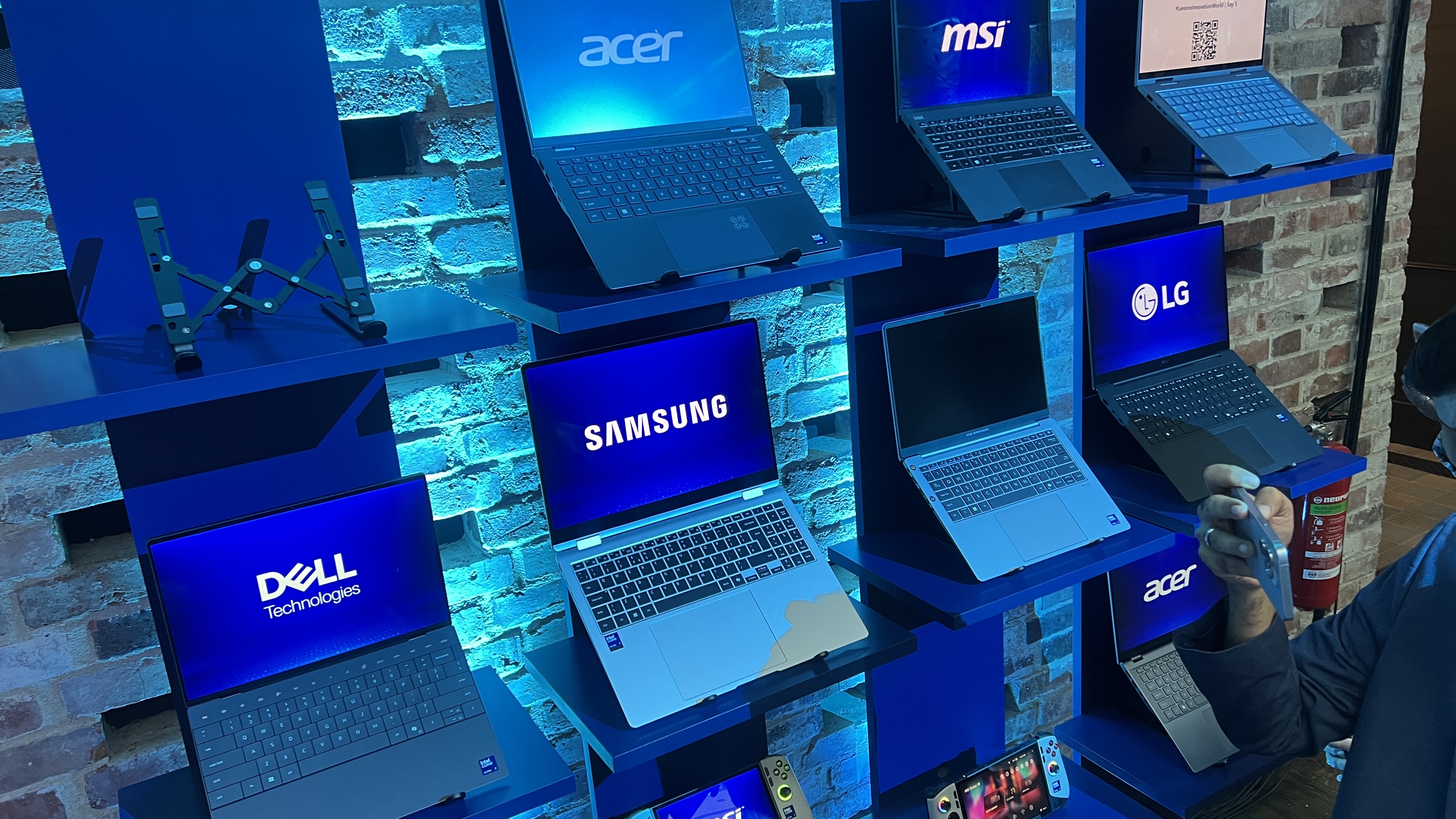
Lunar Lake proves a revelation for thin-and-light laptops
If Arrow Lake underdelivered, the good news for Intel fans was that Lunar Lake most definitely didn’t.
Lunar Lake was Intel’s new range of mobile CPUs designed for thin-and-light laptops, with a powerful enough NPU to qualify these chips for inclusion with Copilot+ PCs. At Computex 2024 in June, Intel laid out its plans regarding these AI PCs, and in September, Intel revealed Lunar Lake in all its glory, with new laptops packing this silicon on sale by the end of the month.
These weren’t just CPUs designed to supercharge AI laptops, though. The Core Ultra 200 series (not to be confused with Core Ultra 200S, which is the desktop chips, Arrow Lake, that we just covered) offered a huge leap in overall notebook performance compared to its predecessor (Meteor Lake). Intel boasted that an 8-core single-threaded Lunar Lake processor could equal the performance of a 22-core multi-threaded Meteor Lake CPU, meaning almost a tripling of performance-per-thread due to the new architecture.
Critics were suitably wowed, and Lunar Lake also packed Xe2 (next-gen Battlemage) integrated graphics that offered up to 50% better performance than Meteor Lake. This allowed these CPUs to drive a decent level of gaming performance in svelte laptops. While Lunar Lake isn’t made for gaming by any means, it can certainly handle a spot of more casual activity in this respect.
Lunar Lake was a shining highlight for Intel in a tough year, but the slight catch is that there still aren’t that many notebooks packing these Core Ultra 200 CPUs. However, we can expect those numbers to grow soon enough.

Battlemage casts its desktop spell
Next-gen Battlemage didn’t just power the integrated graphics in Lunar Lake CPUs, but it also arrived in desktop graphics card form. The rumor peddlers were worried these Battlemage GPUs might slip to 2025, but they didn’t, and the new cards emerged in December 2024.
The rumors about Battlemage desktop being lower-end graphics cards turned out to be correct, as Intel revealed new B580 and B570 models. These were budget graphics cards with 20 Xe-cores plus 12GB of VRAM, and 18 Xe-cores plus 10GB of VRAM respectively. The launch MSRPs in the US came in at $249 for the B580, and $219 for the B570 – although only the former went on sale in December (the B570 is going to hit shelves in mid-January 2025).
These were very welcome launches from Intel at the cheaper end of the desktop GPU market, and the first salvo of 2nd-gen Arc, the Battlemage B580, pretty much blew us away. It’s without doubt an excellent affordable 1440p graphics card, sporting a smart design. The B580 gave AMD’s RX 7600 and Nvidia’s RTX 4060 models a lesson in how it’s done, frankly, at least in terms of a reasonably-priced gaming graphics card.
Driver and support worries may remain for some gamers, but throughout this year (as with 2023), Intel has continued to take major strides forward with honing Arc drivers, bringing in some hefty frame rate hikes across a raft of PC games (some of which, admittedly, needed said uplifts).
Team Blue also introduced XeSS 2 alongside Battlemage GPUs, the sequel to its frame rate boosting tech. This very much carved a similar path to Nvidia DLSS, adding in frame generation and low latency tech – keeping up with the upscaling Joneses was an important move.
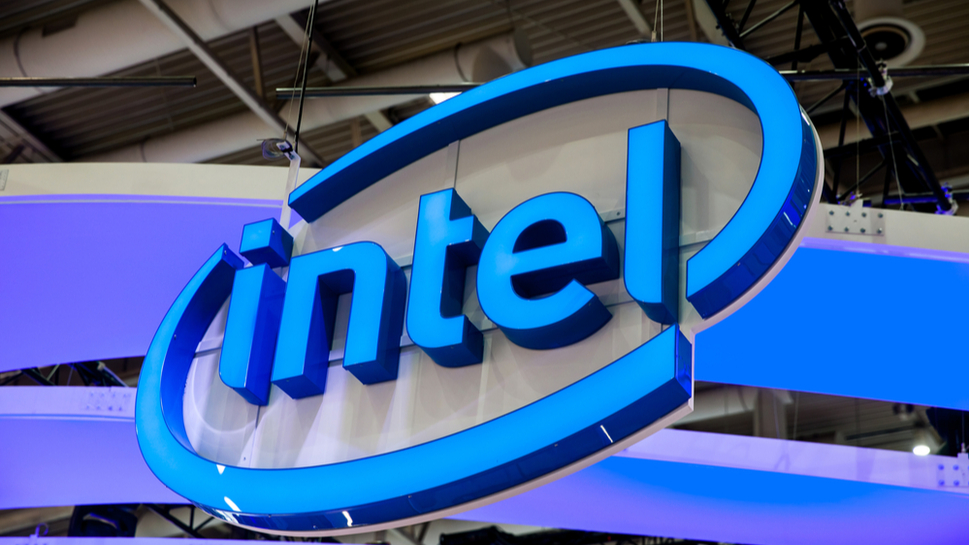
The bad, the worse, and the ugly
Before we start to feel a bit more positive about Intel’s year, unfortunately for Team Blue, it wasn’t just CPU instability issues and an underwhelming Arrow Lake desktop processor launch that were unsightly blots on its scorecard in 2024.
Financially, the chip giant had a turbulent time, and a low point here was Nvidia replacing Intel in the Dow Jones Industrial Average index (after Team Blue had been in residence there for some 25 years). Another marked disappointment was that AMD outsold Intel in the data center CPU market for the first time ever, a prospect that would’ve been unthinkable until recently.
In August 2024, Intel revealed plans to lay off 15% of its workforce (equivalent to job losses of around 15,000), as it struggled for revenue and enacted a scheme to make major cost savings – $10 billion in 2025 – part of which involves spinning off its foundry business into a standalone entity.
At the time, Intel’s CEO Pat Gelsinger talked about the need to take bolder actions to confront the tough challenges facing Team Blue, but likely didn’t imagine that those actions would become so bold that they’d lead to the announcement of his retirement in December. Apparently, the CEO wasn’t given any choice in the matter – supposedly it was retire, or be removed, according to a report from Reuters.
Given how things have gone through the year, this wasn’t exactly a shock, mind, and as the year ends, Gelsinger has exited, and Intel is searching for a new CEO.
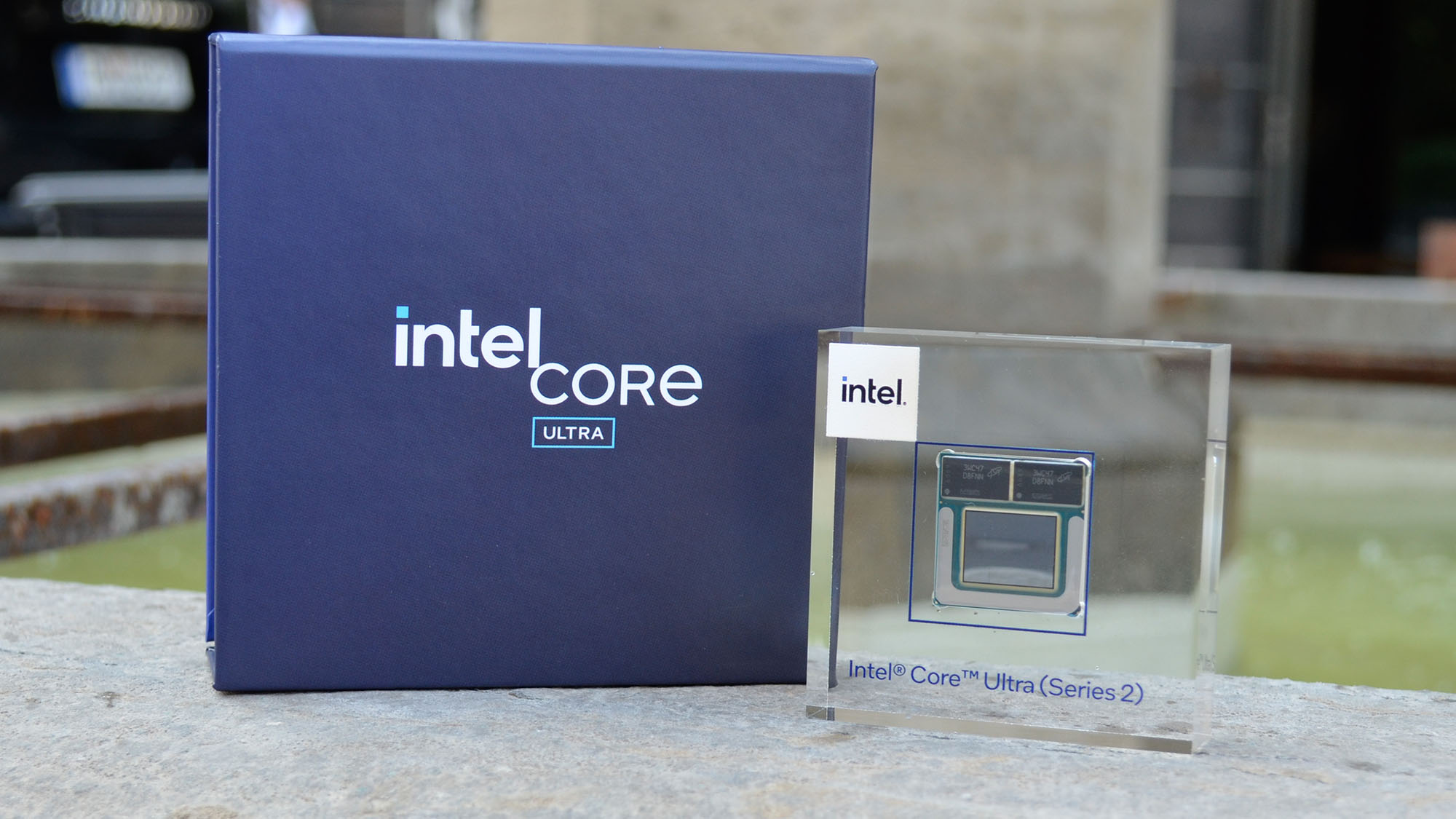
Concluding thoughts
We can safely say 2024 wasn’t a good year for Intel. While it wasn’t all bad, the scales were clearly tipped that way in quite a stark manner. The only way from here is up, in theory – but Intel’s new chief executive will have their work cut out, for sure.
Tasks will include firefighting the reputational damage caused by that nightmare of an instability debacle in the desktop CPU world, and on the mobile processor front, battling against the forces of Arm which have made quite a splash in the world of Copilot+ PCs.
Lunar Lake is an excellent reply, fortunately for Intel, but there are some big predictions being made for Snapdragon-powered laptops. Team Blue clearly perceives a threat here: there’s a reason why it felt the need to underline that x86 hardware is still alive and well while joining forces with its CPU enemy, AMD, to do so.
As we said, the only way is up from here – the trouble is, it looks like a mighty steep hill to climb from where Intel is languishing now.







